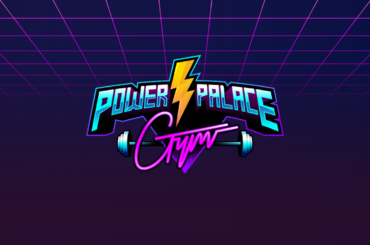There are around 50,000 films in the public domain, and this is good. Major networks like Turner Broadcasting Systems started out airing films and shorts in the public domain, and were able to grow empires by running advertising on the content.
So it stands to reason that Youtubers can employ the same technique to fill gaps of programming and increase revenue for developing their own networks, right?
Not exactly.
Youtube has a fingerprinting technology called Content ID, which is available to about 2,000 companies (including Martell Brothers) through a backend account we use to manage our properties. Content ID was meant to deal with video and music piracy on Youtube, allowing creators to identify and monetize videos that used work without permission from the copyright owner.
Unfortunately, several companies have used Content ID to place claims on films in the public domain, and Youtube is doing very little to stop it despite such claims violating Content ID’s terms of use; Content ID matches are only supposed to be placed on works when you have exclusive regional rights to the work. The system exists for no other purpose.
I’ve been doing some experiments using a channel I setup, ClassicMoviesNetwork , and the results have been rather distressing. As an example, the french company Millimages has placed claims on public domain Fleischer Studios shorts. It is a well known fact that many of Fleischer’s films never had a copyright renewal and are therefore public domain, but this hasn’t stopped corporations from trying to claim exclusive rights to the works. Below is a claim I received on one of the 22 public domain Betty Boop Fleischer shorts I uploaded to my channel,

I am fairly certain that Millimages is not even the owner of the copyrighted Betty Boop shorts; that honor goes to Olive Films.
There are other matches as well, such as Cinetel Multimedia placing Content ID claims on the Fleischer Superman shorts, along with many other public domain works.


Content ID’s appeal process is also silly: account holders have 30 days to respond to a notice before Youtube automatically removes the claim, but in the meantime the account holder runs AdWords delivered video ad pre-rolls and generates revenue. The true value for the abusers, however, is when Content ID matches a public domain work on a channel that has been abandoned by its creator, usually because they forgot their passwords. The original uploader has no way to counter the claim, and therefore the Content ID abuser generates revenue they should not be entitled to.
Worse, even if you successfully appeal one of these false claims, that doesn’t stop one of the other 2,000 Content ID owners from placing a false claim on the videos. Some high profile public domain films, like Night of the Living Dead, have at least eight companies trying to claim exclusive rights to the work.
Of the 27 test films I’ve uploaded, all of them received a Content ID match from someone. After appeal, all of the matches have been dropped except the Millimages claim, which is still awaiting dispute.
It is a shame that Youtube doesn’t utilize Content ID to keep a list of what works are in the public domain and automatically prevent a company from trying to exclusively claim it.
Fortunately, once our Martell TV app is out I can simply upload our public domain library somewhere like blip.tv and have our “classic movie channel” simply load from that platform, but it’s annoying that I can’t tap into use the Youtube platform to leverage all those views.



